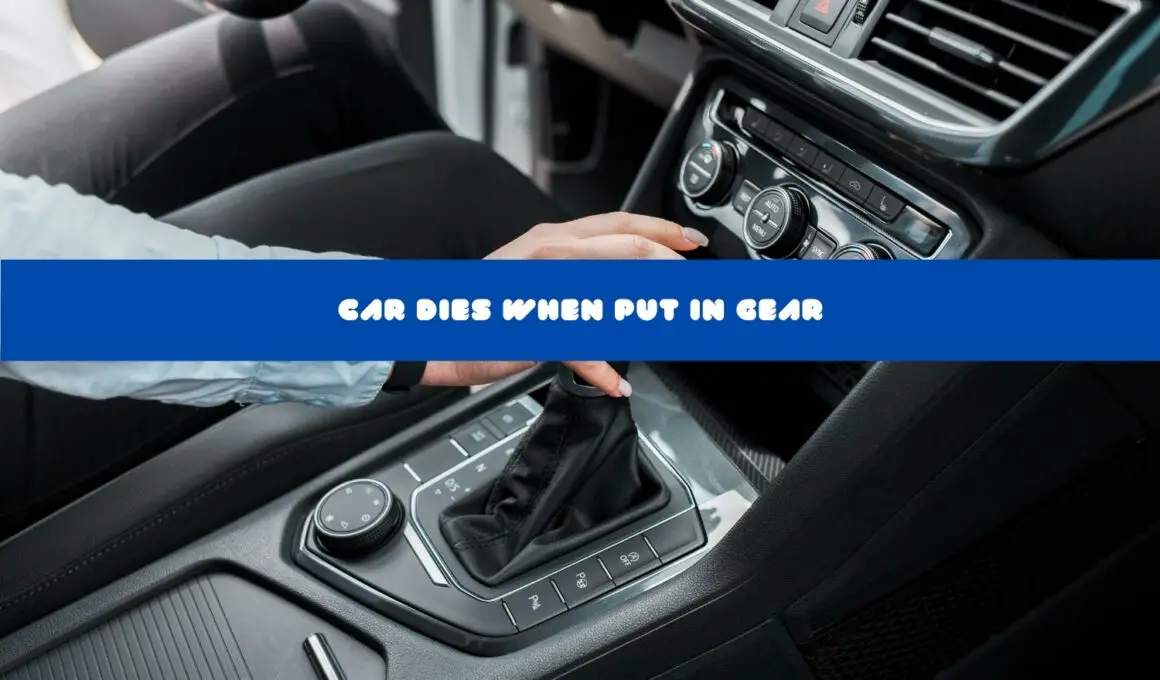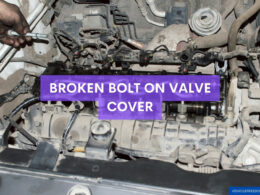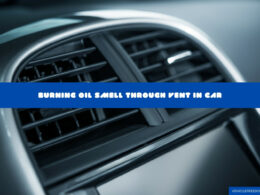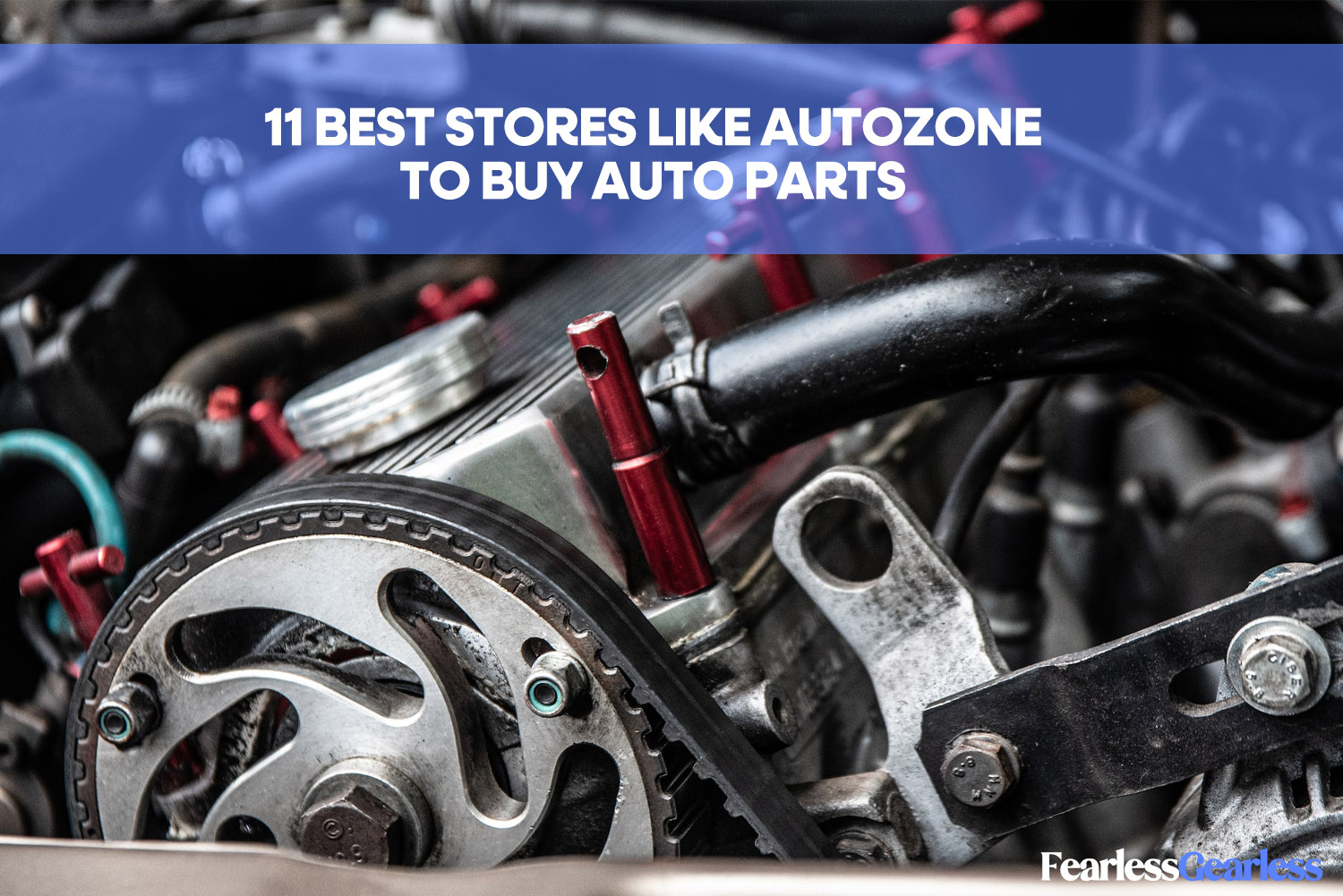In This Article Show
Cars do play an essential role in our day to lives and most activities surrounding that, basically letting you get from point A to B with ease. However, there are some problems you can are likely to encounter with your car such as the vehicle dying when put in gear, this happens to be a common issue for drivers.
This can be pretty frustrating and potentially dangerous, but fortunately, there are causes and fixes for this issue.
Each car is designed with a different feel and temperament. But when an automatic vehicle dies when put in gear, this is a different issue compared to stalling a manual transmission which is pretty standard. Despite car breaking when put in gear being a common issue, relatively few publications address the causes and fixes.
Technicians refer to the issue of cars dying when put in gear as stalling. It typically means that your automobile put off finishing its assignment. The car happens to come to a complete stop, and this often occurs on the freeway; it can be frustrating and unpleasant.
There are various reasons why your car dies when it’s out in gear; it could be a result of an empty gasoline tank, a battery, or a malfunctioning alternator. This can no doubt be frustrating, but not to worry, we will be discussing what factors can lead to this and fixes for this issue.

Car Dies When Put In Gear (Causes & Fixes)
A car stalling when you put it in gear is an experience that can leave you frustrated and confused. But identifying the cause and learning the potential fixes can help you get your car back on the road in no time. So, before taking any extreme steps, we have talked about the causes and fixes which you may attempt below. Some of the issues might impact manual cars too.
1. Low Transmission Fluid
The transmission fluid is in charge of lubricating the gears and other components of your car so that might be the first place to check out. When the fluid levels are low, it can cause the transmission to overheat, thereby causing your car to die when you put it in gear.
Leaks in transmission are normal, but if not fixed, they will surely cost you lots of money and time.
Also, the transmission fluid plays a crucial role in an automatic transmission vehicle since it distributes engine power to the transmission while also acting as a coolant. So, when there is leaking or low transmission fluid, there won’t be enough fluid for the transmission, leading to stalling of your car.
How to Fix It;
If the transmission fluid is low, top it up to the required level. You should also check for red patches on the ground while reversing your car, if there are any then the transmission fluid is leaking. Find out the leaks and determine what needs to be replaced, it can be the pan, bolts, or gasket.
2. Faulty Idle Air Control Valve
The idle air control valve is in charge of regulating the amount of air that flows into the engine while it’s idle so if that is faulty, then there is a high chance of your vehicle stalling. A bad idle air control valve can cause a lot of things to go wrong with your car, and dying when put in gear is one of them.
Since the idle rotational speed of your car is controlled by this device, if it is blocked or shut then your engine won’t get enough air bypass, thereby causing the car to shut off.
How to Fix it:
For a blocked or shut idle air control valve, cleaning should solve the problem as that should provide the required airflow. But If the valve is faulty, it will need to be replaced by a qualified mechanic.
3. Faulty Torque Converter
The torque converter is a part of every automated vehicle, it pressurizes the transmission fluid to give the necessary force needed to shift transmission gears.
If this torque converter fails, the automobile is very likely to stall as it will not be able to maintain the necessary power when it’s at low speed. The Torque converter is important for the smooth operation of your car and can not be disregarded.
The two reasons why the torque converter might malfunction are excessive heat and fuel combination. You have to do easy stall speed testing to determine the state of your torque converter.
How to Fix it:
Check the vehicle’s RPM and find the speedometer; go to the owner’s manual for more instructions on this. If a broken or bad torque converter is broken, fixing this should solve the problem and maintain the necessary power at low speeds. Replacing or repairing the torque converter should be done by a qualified mechanic.
4. A Dying Alternator or Battery
If there is an issue with the alternator or battery then you can always expect the car to stall. A poorly performing battery is one of the common causes of stalling, the automobile might not even start and even if it does, it may encounter a dynamo.
Also, getting the fuel injectors to fire takes some decent voltage which you are not going to have if the alternator is not doing its job or the battery is dying.
How to Fix it:
If the alternator is faulty, then changing the battery won’t do anything to help, and that goes for fixing the alternator when the battery is faulty too. So, you need to get both the alternator and battery tested, and thankfully, many battery shops will happily do this test for you for free. Battery dying when the automobile stops can quickly spin out of control, so get this inspected as soon as possible.
5. Clogged Fuel Filter
The fuel filter is responsible for filtering out impurities in the fuel before it reaches your car engine so when it is clogged or dirty, it can impede airflow thereby causing your car to stall. If there is dirt or old fuel in the car’s fuel filter, then it’s likely to be the culprit behind it being jammed or clogged.
The filtering needs to be checked on regularly, and there should be a routine cleanup for it as well to make it free of twigs and debris.
How to Fix it:
To fix this, you have to clean the fuel filter, and it has to be done carefully so you do not damage or stretch the filter.
- Remove the fuel filter.
- Next, fix a bucket with water and add grease-fighting cleaner like liquid dish soap.
- Add the filter to the bucket of water and grease cleaner, then swish gently.
- Remove it and rinse carefully under the faucet or use a clean bucket of water.
- Allow it to dry, then fix it back.
- Do not clean the filter with solvents or kerosene; if it’s damaged, it must be replaced.
6. Engine Vacuum Leak
A vacuum leak will introduce excess into the engine thereby throwing off the balance of the air and fuel.
The engine vacuum controls the air-fuel ratio hence the car won’t work properly if there is too much air in the engine and eventually it will shut off when you put it in gear. So check for any leaks in the engine vacuum lines.
How to Fix it:
To identify engine vacuum leaks, listen for hissing sounds, and you might also notice that your car does not accelerate properly. If there is also a vacuum leak then the emission from your car will be increased. Fixing the vacuum leak should solve the problem.
7. Corroded Spark Plugs
If you still haven’t found the cause of your car dying when put in gear then one more thing to check is the spark plugs. The spark plugs are responsible for providing the spark that ignites the engine which is necessary for the car to run so when it corrodes, the car won’t work.
How to Fix it:
There won’t be enough spark if the spark plugs are corroded; when the car is put in gear, it can lead to engine misfire or stalling, but luckily replacing the spark plugs or cleaning should fix that. However, here is how to clean and maintain your spark plugs.
- Wait for the engine to cool.
- Locate the wire of the spark plugs and follow it to the spark plug, then clean it of any debris.
- Unscrew the spark plug using a socket wrench.
- Take one spark plug at a time and clean it to ensure you do not make any mistakes when placing them back.
- You can try cleaning it with sandpaper if it is only lightly soiled; you can also use a wire thread to remove debris from its threads.
- After cleaning, make sure the spark plug is completely dry before installing them back.
- Start your engine to work, and don’t forget to disconnect the negative battery terminal before you start working on your car. Also, if the spark plug is heavily soiled, you must replace it.
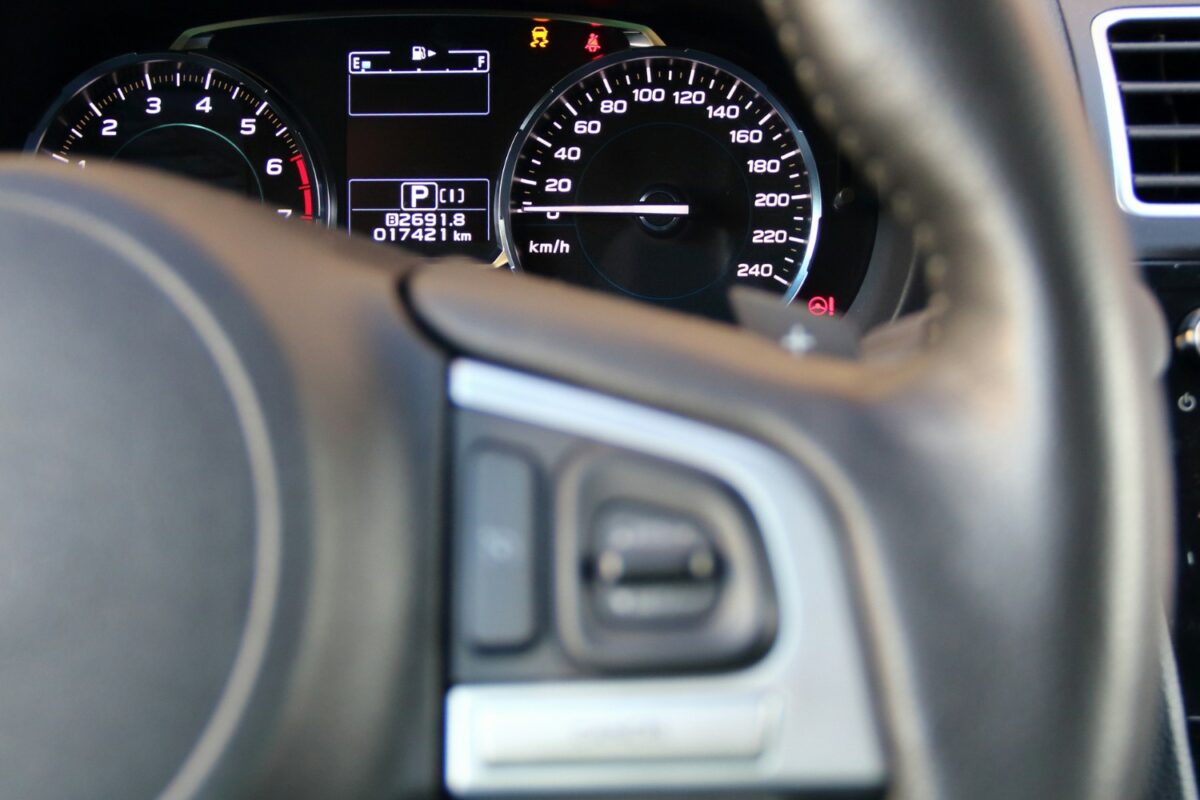
Maintenance Tips For Your Car
Can issues are not just an inconvenience but they can be quite frustrating as well, one way you can avoid these issues is to ensure you take proper care of your car, and routine maintenance should not be missed.
For proper vehicle maintenance, add these simple tips to your checklist, and they can help keep your car in top shape.
- Every month or every gas fill-ups, get under the hood of your car and inspect the oil and coolant levels while the engine is cool. Refer to the owner’s manual to check the location of these two on your vehicle.
- Check your car’s brake pad regularly while driving, listen for any brake noise, and note any shuddering or vibrating from the brake medal. If any issue is indicated, consult the service center immediately.
- Your car is subject to lots of elements, from bed droppings in summer to ice melt in the winter, so it’s essential to find a car wash method that works and keeps your car regularly cleaned; this will prevent long-term damage.
- At every oil change, have your belts and hoses checked; it will keep them in top condition for a long time.
- In winter, check the antifreeze levels in your radiator; this is important to keep your radiator and engine components from freezing. A 50/50 antifreeze to water is recommended. However, you should check your manuals with a professional to be sure.
- Review your car insurance policy occasionally, just like you do your regular car checkups.
- If you are unsure how to check, inspect, or repair any parts of your car, then be sure to contact a local mechanic for help.
Frequently Asked Questions
What does it mean when you put your car in gear and it dies?
If your car dies when you put it in gear, it could mean that there is a transition fluid leak, which is often the common cause. But if that is not the case then other potential causes include; a clogged air filter, faulty idle control, valve or vacuum leaks.
What are the signs of low transmission fluid?
It’s important to know the signs of low transmission fluid. The telltale signs of this include noises, transmission leaks, slow gear engagement, burning smell, vehicle accelerating poorly, and slipping gears.
Does stalling damage the gearbox?
The car stalling frequently especially when there are passengers tends to put additional stress on the transmission components and you can end up with a low battery from the constant restarts, but this is unlikely to damage the gearbox.
Is stalling a car bad?
Yes, stalling can be pretty bad for the car and it’s super frustrating as well. There are also risks of the car stalling in moving traffic and likely to cause a crash, injuries, or worst so it should be fixed as soon as possible.
Wrapping Up
While there are lots of potential reasons why you can die when put in gear, the good news is that many of these reasons have simple fixes and have been talked about in this article. Keeping up with your car maintenance probably is not the most thrilling thing to do but it can go a long way in saving you some expenses and it’s completely worth it.
Your car shutting off when put in reverse or driving happens to be a common issue for drivers and as stated earlier, many of these can be fixed by yourself. You must fix this issue as soon as possible even if some expensive repairs may be required.






